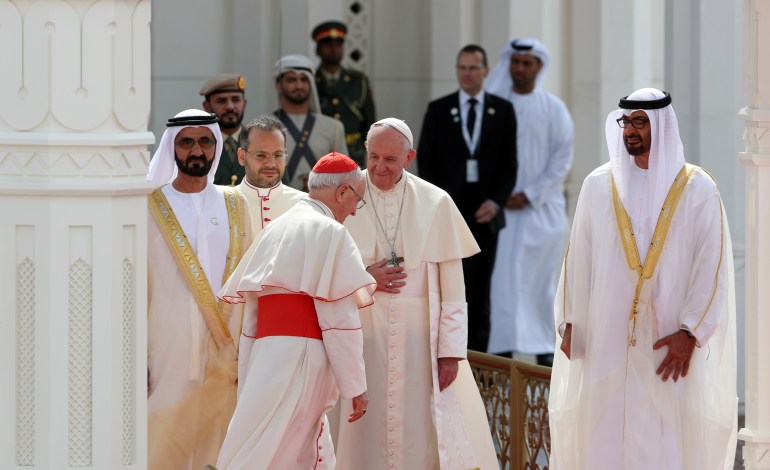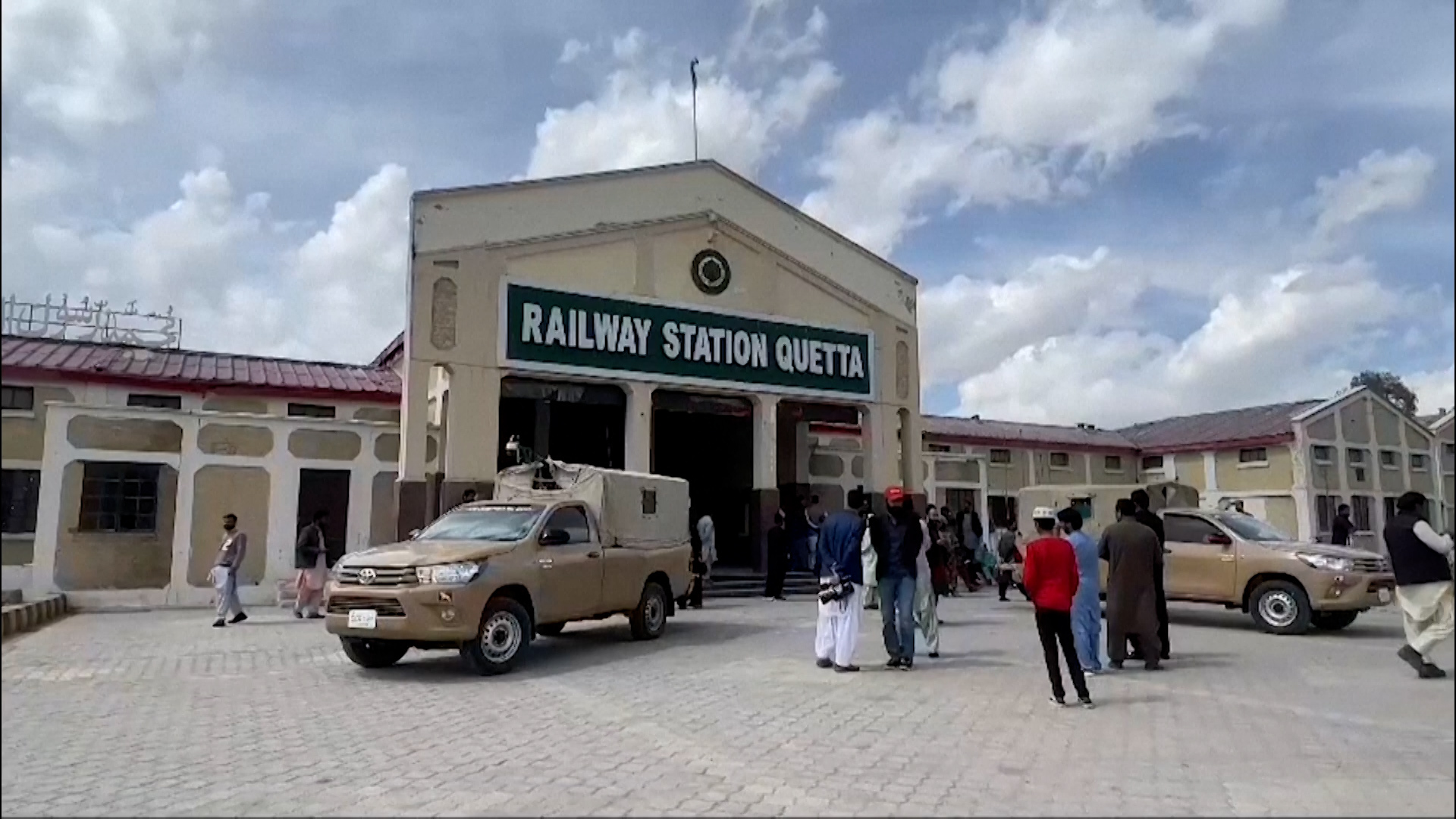Pope Francis is marking 12 years as leader of the world’s 1.4 billion Catholics with increasingly positive medical updates four weeks into his hospitalisation for double pneumonia.
Francis, who was admitted to Rome’s Gemelli hospital on February 14, spent another tranquil night, the Vatican said in its brief morning statement on Thursday.
A chest X-ray confirmed improvements, the Vatican said on Wednesday, just two days after doctors declared he’s no longer in imminent danger of death. The latest medical bulletin said the 88-year-old pope’s condition remained stable but had a complex picture considering his overall fragility.
Following the unexpected resignation of Pope Benedict XVI in 2013, then-Argentinian Cardinal Jorge Mario Bergoglio was elected as the new pope on March 13 of that year.
During his 12 years in office, Francis has been a voice for compassion and peace. He has reformed the Vatican government and taken action against clerical child abuse. However, some challenges and criticisms remain.
Battle against sex abuse
Dealing with the worldwide scourge of sexual abuse by clergy and its cover-up was one of the biggest challenges for Pope Francis when he took office in 2013.
A 2018 trip to Chile proved a turning point. Francis initially defended a Chilean bishop against allegations he covered up the crimes of an elderly priest, demanding the accusers show proof of his guilt.
He later admitted making “grave mistakes” in the case – a first for a pope. He summoned all of Chile’s bishops to the Vatican, after which they all submitted their resignations.
Later that year, he stripped the cardinal title from abusive US priest Theodore McCarrick, and in 2019 removed his status as a priest. Also in 2019, he held an unprecedented summit that heard from victims, where he promised an “all-out battle” against clerical abuse.
Concrete changes followed, from opening up Vatican archives to lay courts to making it compulsory to report suspicions of abuse and any attempts to cover it up to Church authorities.
However, activists say he has not done enough. “Structurally, they]the Catholic Church] retain all the elements of cover-up: Lack of transparency, lack of external oversight, lack of mandatory severe sanctions”, one campaigner, Anne Barrett Doyle, told the AFP news agency last year.
Diplomacy
Francis has travelled widely, making 47 trips overseas that have given priority to what he calls the “peripheries”: Countries with small or marginalised Catholic communities.
He regularly calls for peace in hotspots such as Sudan, Gaza and Ukraine, and has promoted dialogue with other faiths, particularly Islam.
Last November, he called for a probe to determine whether Israel is committing genocide in Gaza.
The son of Italian immigrants to Argentina, Francis has strongly defended the rights of migrants, including criticising United States President Donald Trump’s plans for mass deportation.
In his first trip outside of Rome, Pope Francis visited the island of Lampedusa, where he met with migrants who fled from North Africa.
Francis is also a vocal campaigner for the environment. In his groundbreaking 2015 encyclical “Laudato Si” (Praise be to You), he urged the world to act quickly to tackle climate change, saying rich countries bore the most responsibility.
Compassion, social justice, reform
A liberal who loves being among his flock, the Jesuit has sought to forge a more open Catholic Church, particularly towards divorce and inclusion of LGBTQ members.
The approach has angered traditionalists, in particular his 2023 decision to authorise blessings of same-sex couples in some cases. The Vatican was forced to clarify its position after an outcry in Africa and the United States. One German cardinal, Gerhard Muller, denounced Francis’s “doctrinal confusion” in a 2023 book.
From decentralising power and increasing transparency to providing greater roles for laypeople and women, Francis has implemented fundamental reforms of the Roman Curia, the central government of the Holy See.
The reforms were consolidated in a 2022 constitution that reorganised the Vatican’s dicasteries, or ministries.
Francis particularly took aim at the murky, scandal-tainted finances of the Vatican, creating a special secretariat for the economy in 2014, clamping down on corruption and stepping up scrutiny of investments and the Vatican Bank, which led to the closure of 5, 000 accounts.
Francis also revolutionised the Synod, a Catholic discussion body, by involving lay members including women. Since 2021 it has looked at the future of the Church, but key decisions, such as allowing women to become deacons, are not due until June this year.
In his institutional reforms, Francis has also faced strong opposition, with some critics accusing him of “tyrannical” behaviour.











